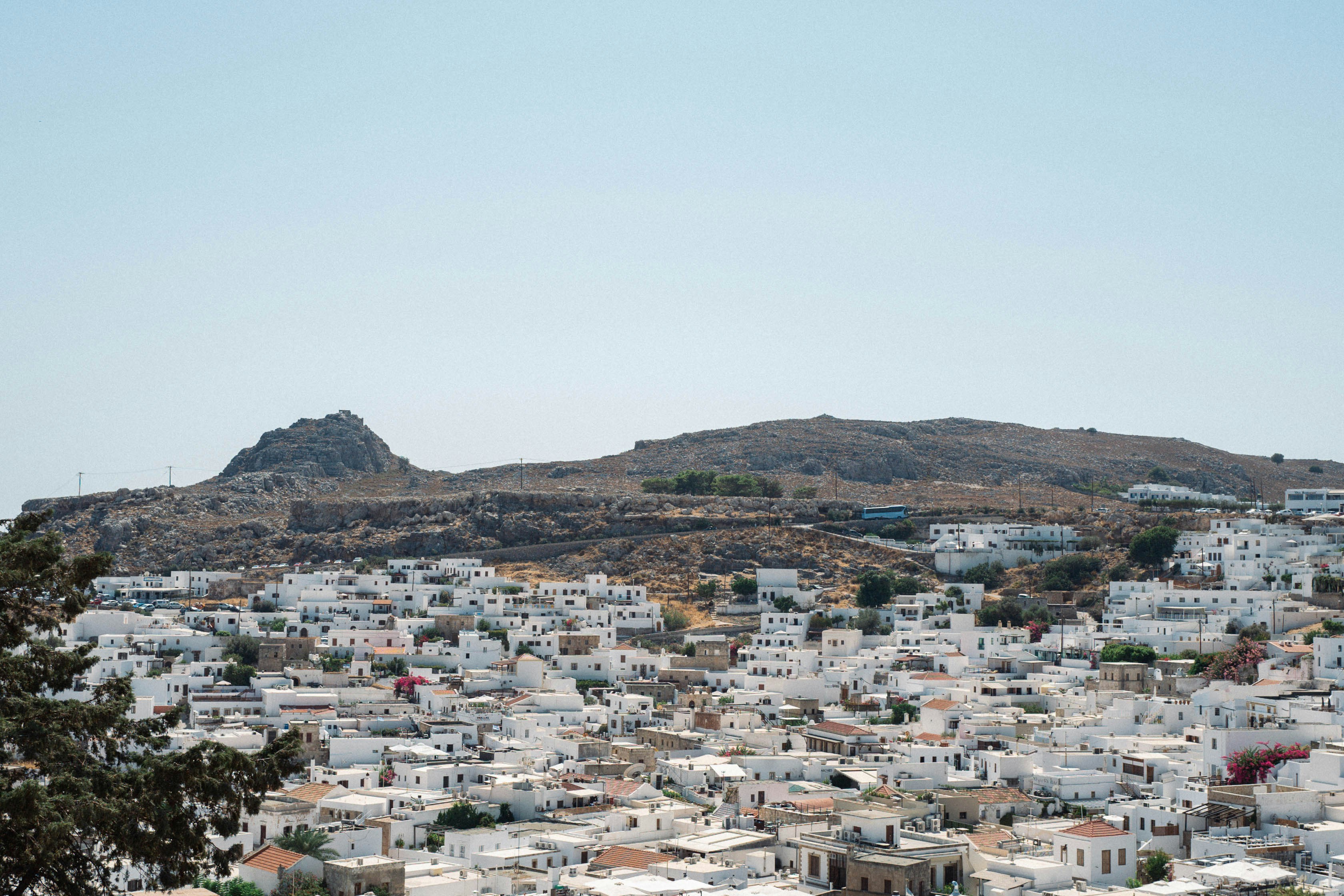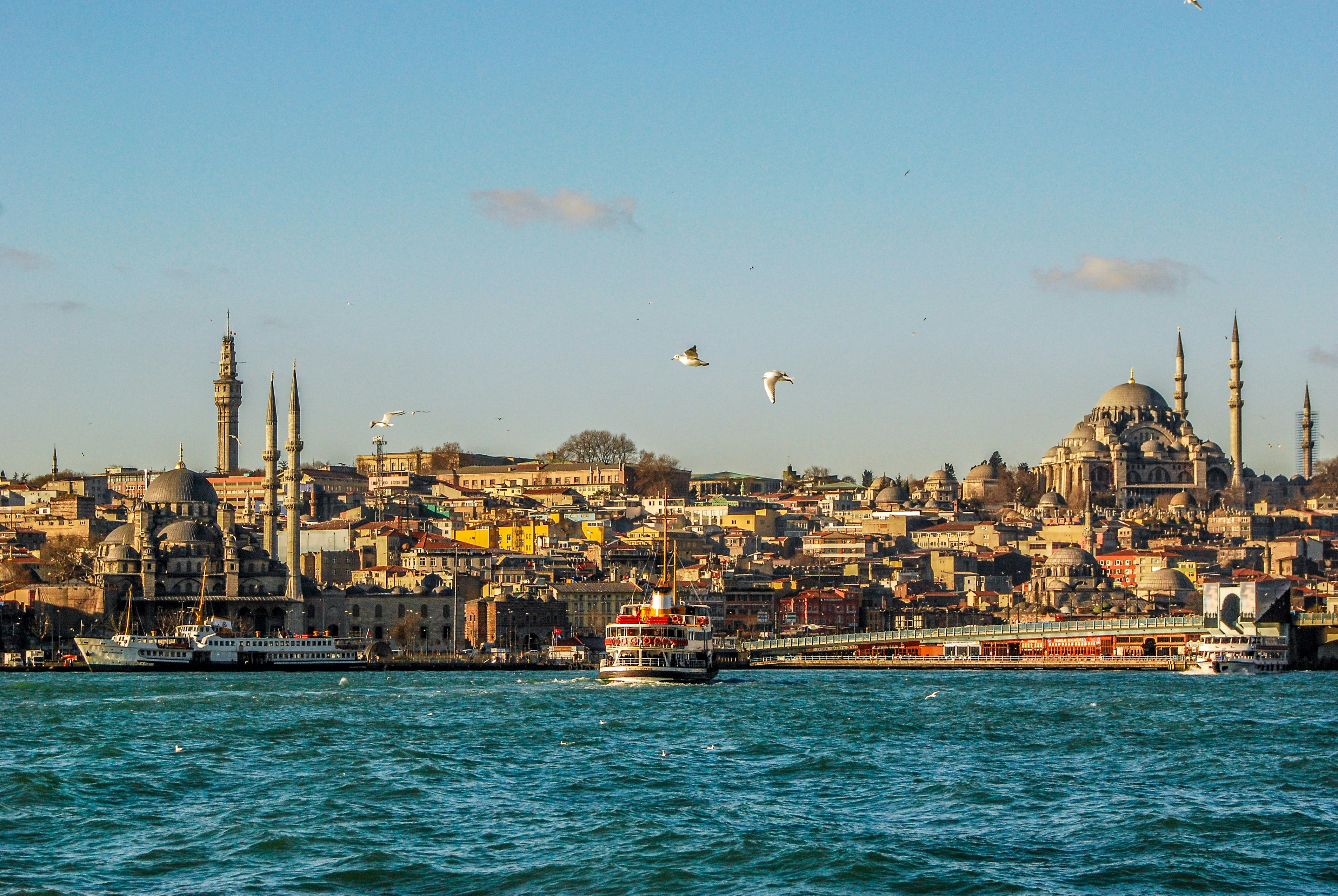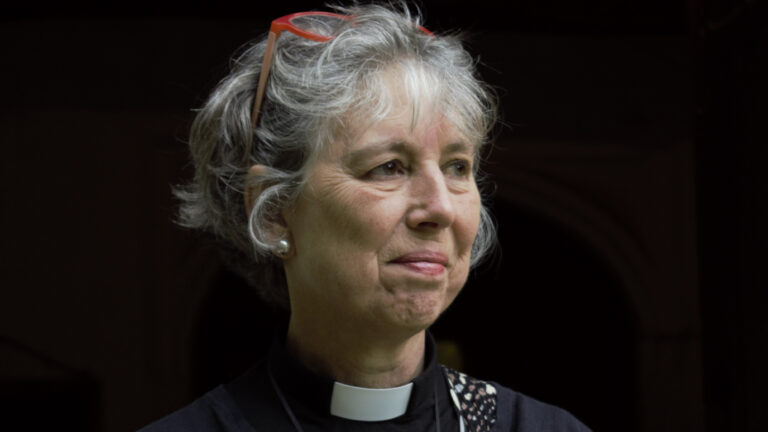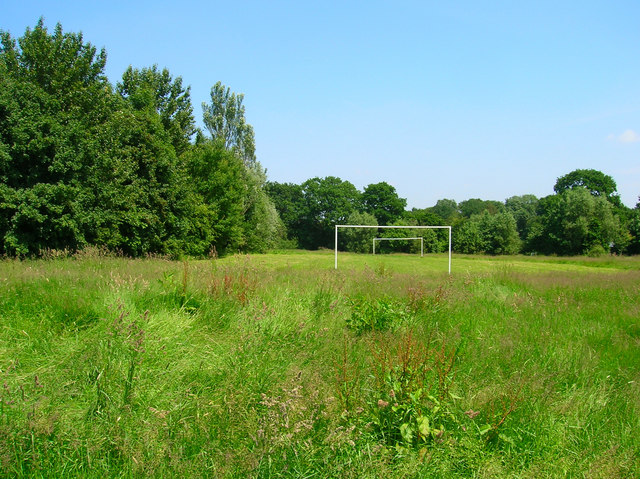For the millions of tourists dreaming of the sun this summer, good news – Europe is now hotter than ever. But for European countries, rising temperatures are causing infrastructure to crumble and public health to deteriorate.
Temperatures surged throughout the continent in 2024, breaking the record for Europe’s hottest year since records began. Last year also brought the second highest number of days causing “strong”, “very strong”, and “extreme” heat stress according to The European State of the Climate Summary.
Heat stress caused by extreme temperatures can quickly become deadly, as the body’s failure to regulate internal temperatures can lead to significant organ failure. “It comes on really quite quickly, you can be exposed to heat and then die tomorrow,” says Pierre Masselot, assistant professor at the London School of Hygiene and Tropical Medicine.
With the arrival of another summer, academics like Masselot are warning that Europe must adapt to cope with extreme temperatures and avoid heat stress.
Masselot assesses the vulnerability of populations to heat stress as part of his research, and quickly identified south eastern Europe as the most vulnerable area in the continent. He attributes this to the region having the fastest warming temperatures in Europe which also lacks climate-resilient infrastructure to shelter populations from extreme heat.
“That’s probably a big chunk of the population that don’t have access to good housing infrastructure,” he says.

Last summer, temperatures in areas of Greece rose to 44.5°C according to the Athens National Observatory. George Karachalios, from Larissa in central Greece, explains that the biggest issue facing his community during last year’s heat was a lack of climate resilient housing.
Greek homes, like many others in south eastern Europe, are commonly built with stone, walls are painted light in colour, and outdoor spaces are sheltered from the sun. But with temperatures rapidly rising, this is no longer enough. Yet an expensive solution can offer a temporary respite from hot weather.
“Many households were struggling with power bills after operating air condition[ers] for so many hours,” he says. Karachalios explains that to mitigate financial strain on Greek citizens, “the government, in cooperation with the state energy provider, decided to offer some kind of subsidies.” Greek households with an energy consumption of under 500 kilowatt hours per month had their energy bills subsidised in August during heightened demand for air conditioning.
Greece is just one European country whose energy grids are struggling to cope with rising electricity demands to keep homes cool.
“I remember we also had many blackouts due to [the] overload of the power system,” he adds.
Masselot’s research also suggests that without adaptations to infrastructure, the number of deaths from extreme heat throughout Europe will increase significantly in the near future.
We can’t even cool off inside the house
Özlem Orakçı, resident of Istanbul
Turkish-born Özlem Orakçı says she too struggled to keep heat stress at bay in Istanbul last summer.
“Last year was the first time that actually, [the] inside of the house was also very hot,” she says, as last summer was the hottest in Turkey in over 50 years.
“I don’t think the houses are made in a way that they keep the heat out,” she says, “we can’t even cool off inside the house.”

Orakçı explained that her home, like many others in the country, has air conditioning to help keep internal temperatures down.
“But the Turkish currency has lost a lot of value lately,” she says, “so I’m not sure if a lot of people actually have the economic stability to even buy an air conditioner. Not even the low payments.”
Heat-resistant infrastructure across Europe crumbled under last year’s heat. Energy grids struggled to power air conditioners, and thermally vulnerable housing provided no shelter from record-breaking temperatures.
As another sweltering summer approaches, how can European countries keep populations safe from heat stress?
According to Laurie Goering, the extreme heat editor for Climate Resilience for All, learning from countries in the Global South is key.
“Who knows better what they need to deal with the heat than someone who is dealing with it?” she says, “rather than someone sitting in an air-conditioned office.”
This is the coolest summer that we’ll have for the rest of our lives
Laurie Goering
Goering explains how the infrastructure of countries in the Global South effectively mitigates the impact of heat on health.
Sierra Leone released their Heat Action Plan in February of this year, the first of its kind in west Africa, which included “simple things like painting roofs white, so they reflect more [sunlight] away,” says Goering – an example of an easily implementable change.
Methods powered by electricity, like air conditioning, should not be the sole solution relied on by countries to keep homes cool during the summer according to Goering.
“Bangladesh is working quite hard to have more cooling spaces in public places, like parks,” she says, which do not rely on power supply to keep people cool during peak temperatures.
Lots of homes using air conditioning simultaneously can create high electricity demands that can cause power systems to overheat and ultimately fail. Relying on electricity powered by fossil fuels to cool homes also contributes to the climate crisis – the very issue at the root of rising temperatures.
“In order to prevent unnecessary heat-related deaths, countries in the continent need to think differently about architecture, cooling spaces and transport,” Goering says
Goering warns that some parts of the world may become unlivable if no action to provide adequate infrastructure is taken.
“For a long time, there was this kind of feeling, I think, broadly that climate change was this problem for poor people and faraway places,” she explains.
“It is inevitably going to get hotter. This is the coolest summer that we’ll have for the rest of our lives.”




